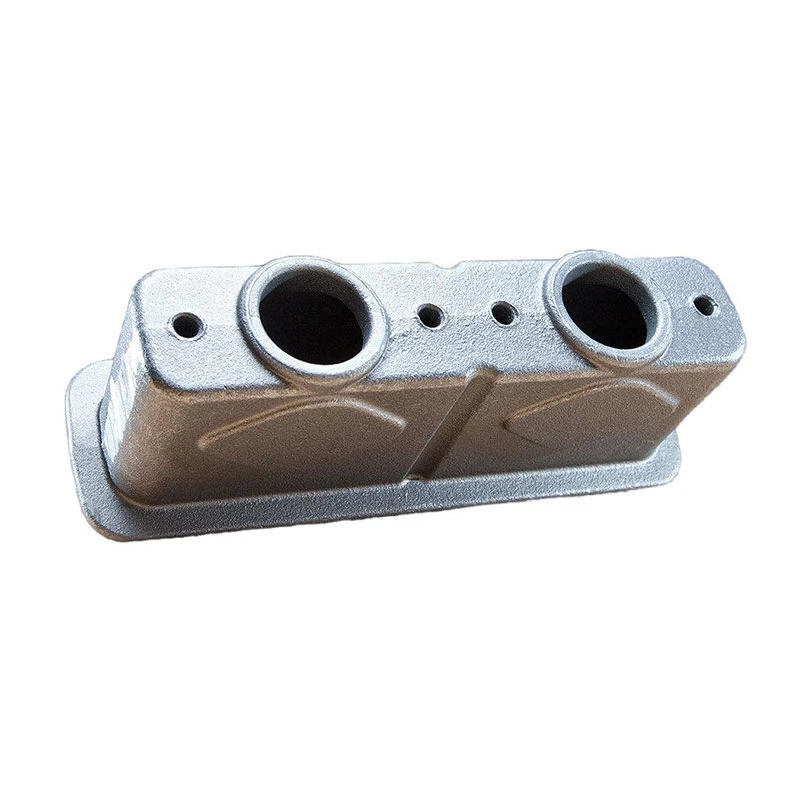machining custom
The Art and Science of Machining Custom Parts
Machining custom parts is a cornerstone of modern manufacturing, allowing for the creation of highly specialized components tailored to specific applications. From the intricate gears in a high-performance engine to the one-of-a-kind fixtures used in specialized machinery, custom machining plays a vital role in various industries, including aerospace, automotive, and medical devices.
At its core, machining is a subtractive manufacturing process, involving the removal of material from a workpiece to achieve the desired shape and dimensions. This process can involve various methods, such as turning, milling, drilling, and grinding, each with its own set of tools and techniques. The beauty of custom machining lies in its versatility, enabling manufacturers to produce parts that adhere to precise specifications and tolerances.
Understanding Custom Machining
When a company requires a custom part, they typically begin by submitting detailed drawings or specifications to a machining service provider. These specifications may include dimensions, material types, surface finishes, and tolerance levels. The machining provider assesses the project, considering factors such as the complexity of the design, the machinability of the chosen materials, and the equipment required to fabricate the part.
Once the details are finalized, the process of transforming raw material into a custom machined part begins. Computer Numerical Control (CNC) machines are commonly used in this stage, offering unparalleled precision and consistency. CNC machining involves programming a computer to control the movement of the cutting tools, allowing for intricate designs that would be difficult or impossible to achieve by manual machining.
Materials in Custom Machining
The choice of material is critical in custom machining. Common materials include metals like aluminum, steel, titanium, and various alloys, as well as plastics and composites. Each material brings unique properties, affecting factors such as durability, weight, heat resistance, and cost. For instance, aluminum is often favored for its lightweight and corrosion-resistant properties, making it ideal for aerospace applications, while stainless steel is valued for its strength and resistance to wear.
machining custom

Moreover, advancements in material science have opened new avenues for custom machining. For instance, the use of advanced composites and high-performance plastics is becoming increasingly popular in industries that demand lightweight and high-strength components. Understanding the properties and behaviors of different materials is essential for machinists to ensure the final product meets the required performance standards.
Quality Control and Precision Engineering
In custom machining, quality control is paramount. The complexity and precision required in custom parts mean that manufacturers must implement rigorous quality assurance protocols. After machining, parts often undergo inspection using advanced measuring techniques, such as coordinate measuring machines (CMM) or laser scanning. This ensures that each component meets the specified tolerances and performance criteria.
Additionally, precision engineering is integral to the machining process. The ability to achieve tight tolerances—often within a few micrometers—demands skillful craftsmanship and advanced technology. This is particularly crucial in industries like aerospace and medical, where even the slightest deviation can lead to catastrophic failures.
The Future of Custom Machining
As technological advancements continue to evolve, so too does the field of custom machining. Innovations such as additive manufacturing (3D printing) complement traditional machining by enabling rapid prototyping and complex geometries that might be challenging to machine conventionally. The integration of advanced robotics and artificial intelligence in machining processes enhances efficiency and reduces production times.
Sustainability is also becoming a focal point for the machining industry, with a growing emphasis on reducing waste and improving energy efficiency. Techniques such as near-net-shape manufacturing and the use of recycled materials are gaining traction, aligning with global efforts toward greener manufacturing practices.
In conclusion, custom machining is an indispensable aspect of modern manufacturing. It combines artistry with precision engineering, crafting tailored solutions across a multitude of industries. As the demand for customization and innovation grows, the future of custom machining promises to be as dynamic as the technologies that drive it.
-
Precision Casting Prototypes and Engineering Inc – Innovating Global Manufacturing SolutionsNewsNov.24,2025
-
Precision Casting Facility: Advanced Manufacturing for Global Industries | Hairun SourcingNewsNov.23,2025
-
Leading Precision Casting Corporation: Quality Metal Components for Global IndustryNewsNov.23,2025
-
Precision Cast Rods: Definition, Applications & Future Trends in ManufacturingNewsNov.22,2025
-
Precision Cast Iron Surface Plate: The Backbone of Industrial Accuracy and QualityNewsNov.21,2025
-
Precision Aluminum Investment Casting: High-Accuracy Manufacturing for Modern IndustriesNewsNov.20,2025















